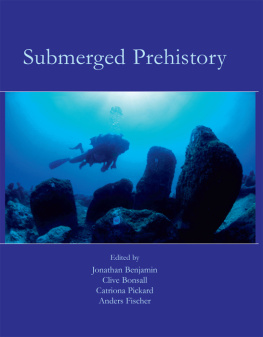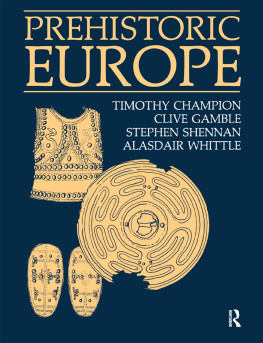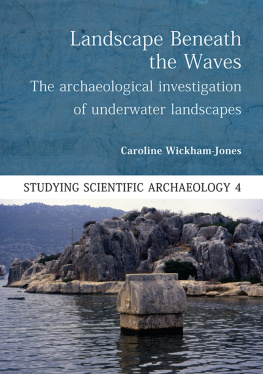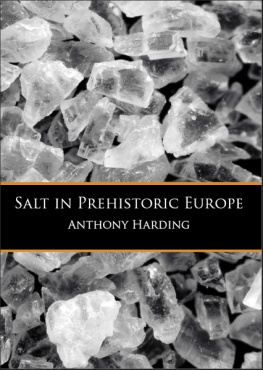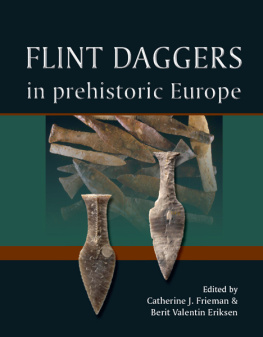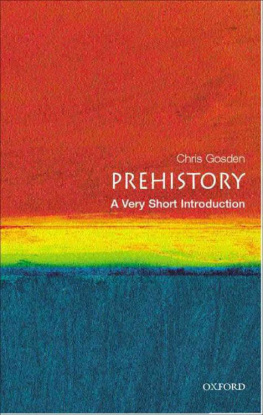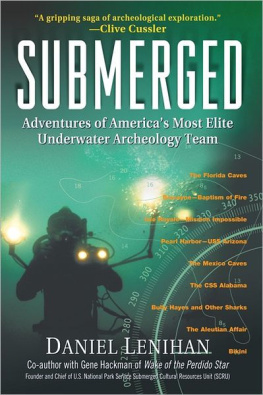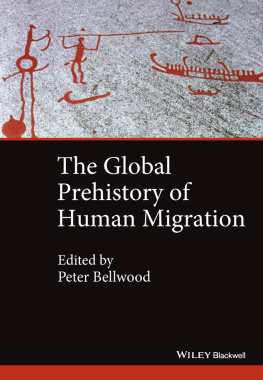Funding generously provided by

ESF provides the COST Office through an EC contract.
COST is supported by the EU RTD Framework Programme.
COST the acronym for European Cooperation in Science and Technology is the oldest and widest European intergovernmental network for cooperation in research. Established by the Ministerial Conference in November 1971, COST is presently used by the scientific communities of 36 European countries to cooperate in common research projects supported by national funds.
The funds provided by COST less than 1% of the total value of the projects support the COST cooperation networks (COST Actions) through which, with EUR 30 million per year, more than 30,000 European scientists are involved in research having a total value which exceeds EUR 2 billion per year. This is the financial worth of the European added value which COST achieves.
A bottom up approach (the initiative of launching a COST Action comes from the European scientists themselves), la carte participation (only countries interested in the Action participate), equality of access (participation is open also to the scientific communities of countries not belonging to the European Union) and flexible structure (easy implementation and light management of the research initiatives) are the main characteristics of COST.
As precursor of advanced multidisciplinary research COST has a very important role for the realization of the European Research Area (ERA) anticipating and complementing the activities of the Framework Programmes, constituting a bridge toward the scientific communities of emerging countries, increasing the mobility of researchers across Europe and fostering the establishment of Networks of Excellence in many key scientific domains such as: Biomedicine and Molecular Biosciences; Food and Agriculture; Forests, their Products and Services; Materials, Physical and Nanosciences; Chemistry and Molecular Sciences and Technologies; Earth System Science and Environmental Management; Information and Communication Technologies; Transport and Urban Development; Individuals, Societies, Cultures and Health. It covers basic and more applied research and also addresses issues of pre-normative nature or of societal importance.

Published by
Oxbow Books, Oxford
Oxbow Books, the editors and the individual authors, 2011
ISBN 978-1-84217-418-0
ISBN 9781842175811 (epub)
ISBN 9781842175804 (prc)
This book is available direct from
Oxbow Books, Oxford, UK
(Phone: 01865-241249; Fax: 01865-794449)
and
The David Brown Book Company
PO Box 511, Oakville, CT 06779, USA
(Phone: 860-945-9329; Fax: 860-945-9468)
or from our website
www.oxbowbooks.com
A CIP record for this book is available from the British Library
Library of Congress Cataloging-in-Publication Data
Submerged prehistory / edited by Jonathan Benjamin [et al.].
p. cm.
Includes bibliographical references.
ISBN 978-1-84217-418-0
1. Antiquities, Prehistoric. 2. Prehistoric peoples. 3. Underwater archaeology. 4. Underwater archaeology--Research.
5. Landscape archaeology. 6. Landscape archaeology--Research. 7. Excavations (Archaeology). I. Benjamin, Jonathan.
GN741.S83 2011
930.1--dc22
2011004970
Funding generously provided by
European Cooperation in Science and Technology (COST)
Rmisch-Germanische Kommission des Deutschen Archologischen Instituts
Heritage Agency of Denmark
Schleswig-Holstein State Museums Foundation Schloss Gottorf
Wessex Archaeology Ltd
Additional support by
European Association of Archaeologists
The University of Edinburgh
Cover design: Jonathan Benjamin
Front cover: Diver swimming above a prehistoric megalithic structure at Atlit-Yam,
off the Carmel coast of Israel (Photo: Itamar Greenberg)
Printed and bound in Spain by
Grafo
Contents
(Sren H. Andersen)
(Otto Uldum)
(Harald Lbke, Ulrich Schmlcke and Franz Tauber)
(Pl Nymoen and Birgitte Skar)
(Hans Peeters)
(Louise Tizzard, Paul A. Baggaley and Antony J. Firth)
(Jim Leary)
(Garry Momber)
(Serge Cassen, Agns Baltzer, Andr Lorin, Jrme Fournier and Dominique Sellier)
(Dominique Cliquet, Sylvie Coutard, Martine Clet, Jean Allix, Bernadette Tessier, Frank Lelong, Agns Baltzer, Yann Mear, Emmanuel Poizot, Patrick Auguste, Philippe Alix, Jean Olive and Jo Guesnon)
(Kieran Westley, Trevor Bell, Ruth Plets and Rory Quinn)
(Michael K. Faught and Amy E. Gusick)
(Andrey Mazurkevich and Ekaterina Dolbunova)
(Rosemarie Leineweber, Harald Lbke, Monika Hellmund, Hans-Jrgen Dhle and Stefanie Kloo)
(Andrej Gaspari, Miran Eri and Botjan Odar)
(Jonathan Benjamin, Luka Beki, Darko Komo, Ida Koncani Uha and Clive Bonsall)
(Jon C. Henderson, Chrysanthi Gallou, Nicholas C. Flemming and Elias Spondylis)
(Mehmet zdoan)
(Mariana Filipova-Marinova, Liviu Giosan, Hristina Angelova, Anton Preisinger, Danail Pavlov and Stoyan Vergiev)
(Valentina Yanko-Hombach, Peta Mudie and Allan S. Gilbert)
(Albert Ammerman, Duncan Howitt Marshall, Jonathan Benjamin and Tim Turnbull)
(Ehud Galili and Baruch Rosen)
(Nicholas C. Flemming)
(Anders Fischer)
(Geoffrey N. Bailey)
(Anders Fischer, Jonathan Benjamin, Catriona Pickard and Clive Bonsall)
The Editors
Jonathan Benjamin has a BA in Anthropology from the University of California, Los Angeles and a PhD in Archaeology from the University of Edinburgh. His research interests focus on early prehistory and the study of submerged landscapes. As an experienced diver and a Registered Professional Archaeologist, he has conducted fieldwork in Britain, Mediterranean Europe, Scandinavia and North America and has published in leading international journals. Jonathan is a project manager at Wessex Archaeology (Coastal and Marine) and an honorary Research Fellow of the University of Edinburgh.
Wessex Archaeology
Coastal and Marine
7/9 North St David Street
Edinburgh EH2 1AW
University of Edinburgh
School of History, Classics and Archaeology
Doorway 4, Teviot Place
Edinburgh EH8 9AG
Clive Bonsall is Professor of Early Prehistory in the University of Edinburgh. His research interests include hunter-gatherer societies, the transition to farming in Europe, the reconstruction of ancient diets, and humanenvironment interactions. He has conducted fieldwork in northern Britain, Romania, and Slovenia, and is a Corresponding Member of the Romanian Academy of Sciences and an Honorary Member of the Bulgarian Academy of Sciences National Institute of Archaeology with Museum. Among his publications are: The Mesolithic in Europe (1989), The Human Use of Caves (1997), and The Iron Gates in Prehistory (2008).
University of Edinburgh
School of History, Classics and Archaeology
Doorway 4, Teviot Place
Edinburgh EH8 9AG
Catriona Pickard graduated from the University of Aberdeen with a degree in Physics and completed her MA and PhD in Archaeology at the University of Edinburgh, where she now teaches archaeological science and manages the laboratory facilities of the School of History, Classics and Archaeology. Her research interests focus on early prehistory, and include applications of stable isotope analysis and malacology in archaeology. Her publications to date have focused on coastal archaeology, palaeodietary reconstruction, and archaeogenetics.
Next page
